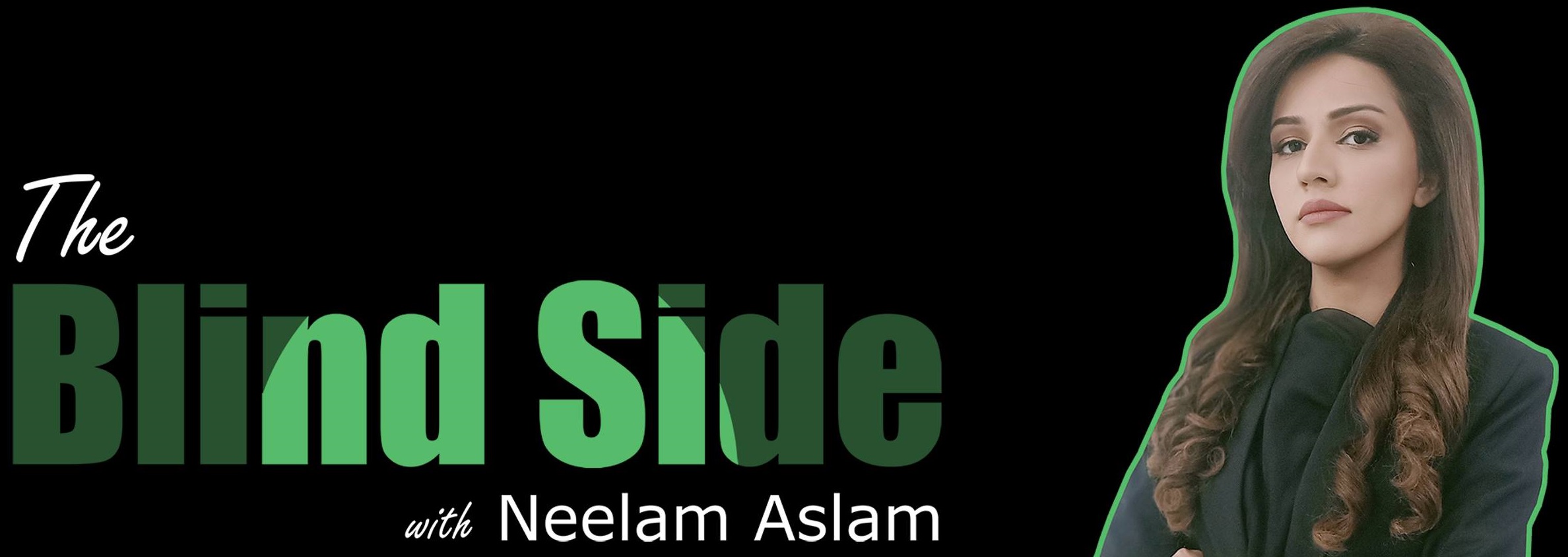You must have seen funny videos of different celebrities saying unusual things on social media or Leonardo da Vinci’s masterpiece Mona Lisa singing “Numa Numa.” You must also have tried the age filter in the faceapp along with many others. All of these transformations and even the Snapchat filters we use every day are mild redemptions of a technology called deepfake technology.
Deepfake technology is videos edited and created by artificial intelligence, which first appeared in 2017. There are three ways to make deepfake photos or videos.
The first method involves a facial transformation, where one person’s face is applied to another’s body. This method is relatively simple and can be done using simple applications such as Snapchat, Reface or FaceMagic.
The second and more complex method involves building a face from the scratch. In the studio, a person mimics the gestures and facial expressions of the targeted person. After combining the recorded expressions and original face of the target, a video can be made in which the real person can be heard saying anything.
In the third method, the movement of the lips is moulded in such a way that if they are applied on the face of a person, that person is seen saying the words they never actually said.
All three methods of deepfake use artificial intelligence, which can alter the audio and video of a real person in every aspect. The more information is put into the Deepfake app, the closer the results are to reality.
This technique is used in movies to make the actors look younger. But what makes it dangerous is that Deepfake can lead to an unprecedented rise in cybercrimes. With deepfake technology, any person can be transformed into anything, doing anything, or saying anything, even if there are only a few pictures available of that person.
Recently, after New Zealand put a ban on smoking, a deepfake video of Jacinda Ardern smoking crack went viral. Since countless videos and pictures of public figures are available, they are more prone to the risk of deepfake technology.
Experts are working on tools to detect fake videos through artificial intelligence. However, to avoid ‘misuse’ of their personal data and ‘misinformation’ about other’s, people are urged to be careful in the use of social media.







Leave a Reply